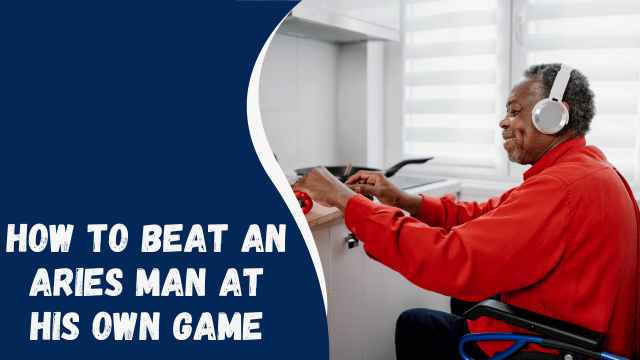Is It Safe to Jump a Car in the Rain?

When faced with a dead car battery, it’s a situation that often strikes at the most inconvenient times. It’s even worse when it’s raining. You might be wondering, “Is it safe to jump-start a car in the rain?” This article will provide you with valuable insights on the topic and discuss the dos and don’ts of jump-starting a car in wet conditions.
Contents
- 1 Understanding the Basics of Jump-Starting
- 2 1. Rain and Electricity
- 3 2. Safety First
- 4 3. Protect Yourself
- 5 The Right Equipment
- 6 1. High-Quality Jumper Cables
- 7 2. Plastic or Rubber Mats
- 8 3. Water-Resistant
- 9 Step-by-Step Guide to Jump-Starting in the Rain
- 10 1. Assess the Situation
- 11 2. Position the Vehicles
- 12 3. Connect the Cables
- 13 4. Start the Engine
- 14 5. Start the Dead Car
- 15 6. Disconnect the Cables
- 16 Conclusion
- 17 FAQs
- 18 Can I use any type of cables for jump-starting my car?
- 19 Is it necessary to wear gloves while jump-starting a car?
- 20 What should I do if the car doesn’t start after jump-starting in the rain?
- 21 Can I jump-start a car alone in the rain?
Understanding the Basics of Jump-Starting
Jump-starting a car is a common practice to revive a dead battery and get back on the road. However, there are certain precautions you should take, especially when dealing with rainy weather.
1. Rain and Electricity
Water is a conductor of electricity, and rainy conditions can increase the risk of electrical shock. It’s crucial to be aware of this when jump-starting a car.
2. Safety First
Before attempting to jump-start a car in the rain, prioritize safety. Ensure you’re in a safe location, away from traffic. Put on reflective gear if necessary, and keep the area well-lit.
3. Protect Yourself
While jump-starting, make sure you’re not standing in water or on wet ground. Wear rubber-soled shoes and gloves to minimize the risk of electrical shock.
The Right Equipment
Having the right equipment is essential for a successful and safe jump-start in the rain.
1. High-Quality Jumper Cables
Invest in good quality jumper cables with sturdy clamps. Poor quality cables may not provide a reliable connection.
2. Plastic or Rubber Mats
Place plastic or rubber mats under both vehicles to insulate from the wet ground.
3. Water-Resistant
If possible, use water-resistant jumper cables and connectors to reduce the risk of water affecting the electrical connections.
Step-by-Step Guide to Jump-Starting in the Rain
Follow these steps to safely jump-start a car in rainy conditions:
1. Assess the Situation
Determine if jump-starting is necessary. Sometimes, a car won’t start due to other issues that jumping won’t fix.
Is Your Car’s Suspension Giving You Trouble? Here’s What You Need to Know
2. Position the Vehicles
Ensure both vehicles are parked close enough for the jumper cables to reach but not touching each other. Make sure the ignition and lights are off in both cars.
3. Connect the Cables
- Attach one end of the positive (red) cable to the positive terminal of the dead battery.
- Attach the other end of the positive cable to the positive terminal of the live battery.
- Attach the negative (black) cable to the negative terminal of the live battery.
- Attach the other end of the negative cable to an unpainted metal surface away from the dead battery, such as a bolt or bracket.
4. Start the Engine
Start the engine of the car with the live battery and let it run for a few minutes to charge the dead battery.
5. Start the Dead Car
Attempt to start the dead car. If it doesn’t start, try again after a few minutes of charging.
6. Disconnect the Cables
Disconnect the cables in the reverse order:
- Remove the negative cable from the unpainted metal surface on the dead car.
- Remove the negative cable from the live battery.
- Remove the positive cable from the live battery.
- Remove the positive cable from the dead battery.
Conclusion
Jump-starting a car in the rain can be done safely by following proper procedures and taking necessary precautions. Always prioritize safety, use quality equipment, and avoid standing on wet surfaces. If you’re unsure or uncomfortable with the process, it’s best to seek professional assistance.
FAQs
Can I use any type of cables for jump-starting my car?
It’s recommended to use high-quality jumper cables to ensure a reliable connection and reduce the risk of accidents.
Is it necessary to wear gloves while jump-starting a car?
Wearing gloves can provide additional protection against electrical shock, especially in wet conditions.
What should I do if the car doesn’t start after jump-starting in the rain?
If the car still doesn’t start, you may need to check for other underlying issues or seek professional help.
Can I jump-start a car alone in the rain?
While it’s possible to jump-start a car alone, having someone to assist you is safer, especially in rainy conditions.


